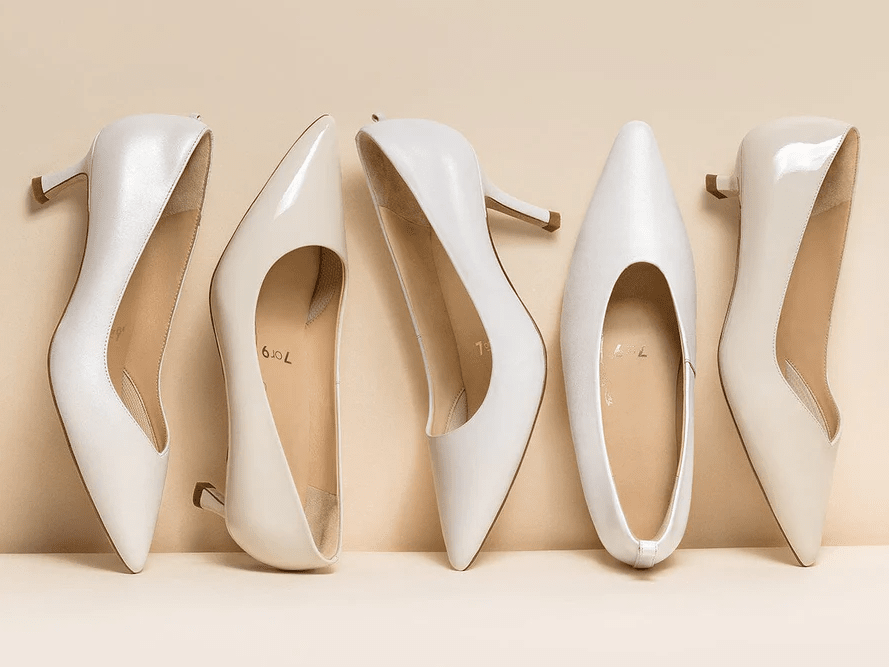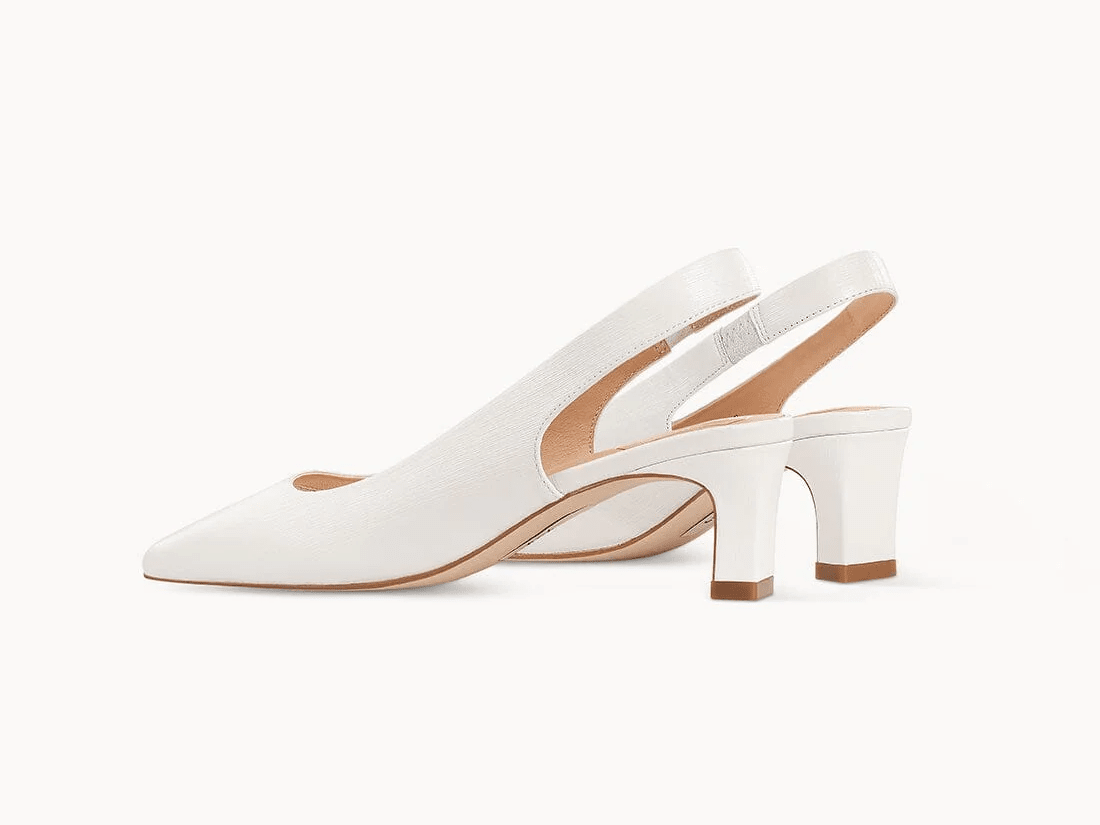A timeless fashion must, high heels can bring sophistication and beauty to any ensemble. However, for beginners in particular, walking in high heels might be intimidating. When it comes to walking in heels, many women have typical difficulties and concerns, including issues with balance, pain, and self-consciousness. To help you walk confidently in high heels, we've created this beginner's tutorial with detailed instructions.
Why Can't I Walk in Heels?
Imagine yourself donning those elegant high heels and taking a few tentative steps around your comfortable home. You don't, however, feel like a tough supermodel parading the catwalk with ease; rather, you resemble a young foal getting its bearings. Do not worry! We weren't all born with stilettos growing from our feet. Due to the fact that they tip the balance scales, high-heeled pumps make walking feel difficult. Your body is somewhat propelled forward as a result of the pressure on your feet increasing as your heels rise, entirely changing your balance and stride. It's like exposing your muscles and joints to a completely new dance partner, making them uneasy and exposed. Naturally, this creates a clunky and unpleasant impression. Be at ease! It's time to unleash your tenacity now that we've explained why mastering heels can be challenging and realized that many others suffer from the same issues you do.
A Guide to Buying Your First High Heels

Choosing the Right Fit
One of the most crucial considerations when selecting high heels is finding the proper fit. Uncomfortable, unstable, and even painful feet, knees, and back conditions can result from wearing the wrong shoes. Measure your feet precisely and put on shoes in the late afternoon or evening when your feet are somewhat swollen to get the perfect fit. Search for footwear with a heel that fits tightly and a toe box that allows for easy toe movement.
Optimal Heel Height
High heels come in a range of heights, from low kitten heels to towering stilettos. For beginners, it's best to start with lower heel heights and gradually work your way up. This will allow you to build confidence and improve your balance without compromising comfort. Aim for a heel height between 2-3 inches to start.
Quality and Construction
Investing in high-quality shoes is essential for durability and support. Look for shoes crafted from flexible materials like leather, as they will gradually mold to your feet over time. Check for sturdy construction, including reinforced heels and non-slip soles.
Shoe Features for Comfort
Several shoe features can enhance comfort and confidence while walking in high heels. Look for shoes with cushioned insoles, adjustable straps, and non-slip soles to improve stability and reduce pressure on the feet. Have you considered trying out the revolutionary 7or9 brand? They have taken comfort to a whole new level by incorporating antibacterial air-touch foam from sports shoes into the shoe tip. Not only does this ensure a hygienic and fresh interior each time you wear them, but they have also introduced a honeycomb-style aeration system that further enhances breathability. Additionally, their shoe insoles utilize micro-needling perforation technology commonly found in the beauty industry, resulting in a breathable and comfortable experience even during long-term wear. With these remarkable features, your comfort and satisfaction are guaranteed as you conquer the day in style.
Learning How to Walk in Heels (Gracefully and Comfortably)

Walking in high-heeled pumps requires proper posture, weight distribution, and stride length. Here are some step-by-step instructions and techniques to help you walk confidently in heels:
- Stand straight with your shoulders back and your chest out.
- Distribute your weight evenly between both feet.
- Take small steps and place your heels down first, followed by your toes.
- Bend your knees just enough to absorb shock and keep your balance.
- Use natural arm motion to help you stay balanced.
- Avoid leaning forward or backward, and maintain a balanced posture with your weight on your feet.
- Become more adept at turning, halting, and walking straight.
Now You're Ready to Walk
Heel Toe or Toe Heel?
Heel-toe and toe-heel are two common walking styles when wearing high-heeled pumps. Toe-heel means putting your toes down first, then your heel, whereas heel-toe means putting your heel down first, then your toes. Try both approaches and see which suits your comfort and confidence level the best.
Improve Your Posture
It takes good posture to walk confidently in high heels. Practice holding a tall posture with your chest out and your shoulders back. To increase your balance and stability, strengthen your core muscles with workouts like planks and squats.
Take It Slow and Easy
The idea is, to begin with lesser distances and gradually increase endurance and confidence. Walkabout on various surfaces, such as grass, concrete, and carpet. Avoid rushing or taking big steps when negotiating stairs and rough terrain. Take your time.
Conclusion
It takes time, effort, and practice to perfect the art of walking confidently in high heels. To lessen discomfort, start by selecting shoes that fit comfortably and include comfort features. Practice the right methods, like keeping your body centered and putting your heels on first. Take breaks as necessary as you gradually increase your endurance. Most importantly, put comfort above style and stop wearing painful shoes. With practice and patience, you'll acquire the grace, coordination, and balance necessary to dazzle everyone in the room whenever your stride in your stunning high-heeled pumps. You'll soon feel comfortable wearing any pair of heels if you concentrate on honing your technique and keeping good foot health.



